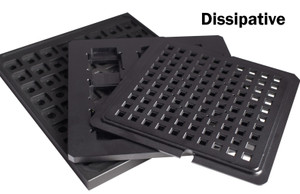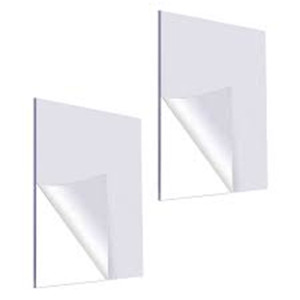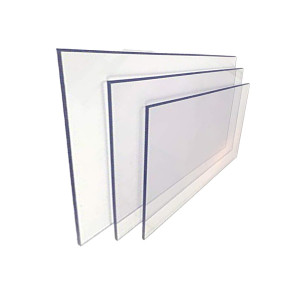ESD Coated Materials
Electrostatic Dissipative (ESD) coated materials are engineered to reduce the risk of sudden electric discharge in environments where static electricity can pose a risk to electronic components or ignite flammable substances. These materials are essential in industries such as electronics manufacturing, semiconductor production, and areas where ESD protection is critical for the safety and longevity of products.
Key Characteristics:
Static Dissipation: ESD coatings are designed to safely conduct static electricity to a ground, preventing the accumulation of static charges on surfaces. This characteristic is crucial for protecting sensitive electronic parts from damage caused by electrostatic discharge.
Versatility: These coatings can be applied to a variety of substrates, including workbenches, equipment housings, and packaging, making them suitable for a wide range of applications within the electronics and manufacturing sectors.
Range of Resistance: The resistance levels of ESD coatings typically range from 10^6 to 10^11 ohms. This ensures that the coatings are partially conductive, allowing for the safe dissipation of static charges without posing a risk of sudden discharge that could damage sensitive components.
Durability: ESD coatings are designed to be durable, offering resistance against wear, corrosion, and environmental factors. This durability ensures that the ESD protective properties are maintained over time, even in challenging industrial environments.
Application: The application process of ESD coatings is flexible, allowing for use in various environments and on different types of equipment. Techniques include powder coatings, waterborne, solvent-borne, and UV-cure applications, each suited to specific needs and substrate materials.
Aesthetic Value: Beyond their functional benefits, ESD coatings can also enhance the appearance of treated surfaces, offering a high-quality finish that can withstand the rigors of industrial use.





